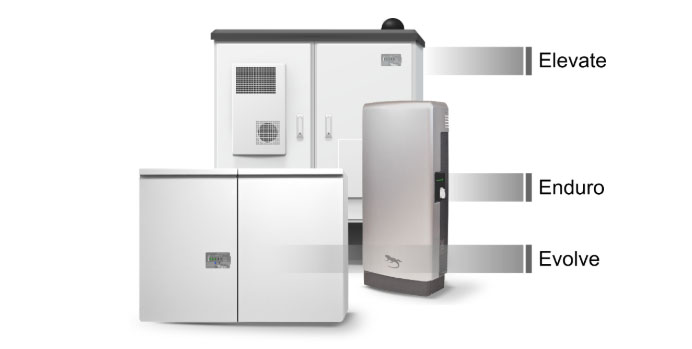A recent nanotech breakthrough means we won't have to rely on wind and solar as the main ways to fuel the coming Green Economy—to drive our cars and trucks and planes and keep our factories running.
And that's a huge relief.
You see, there's a problem with "clean energy."
Nothing in the world today can compete with the power provided by oil.
At present, it only takes a few barrels of oil to match the power a big windmill or a massive array of solar panels can provide.
And efficiency is just one problem. Unlike oil, it's very difficult to store clean energy to use (after the sun goes down or when the wind refuses to blow).
On the other hand, drilling for oil poses big risks. We want to keep our land and water clean and need to protect ourselves from the huge damage oil spills do to the environment.
Those safeguards, however, raise the cost of drilling and the price you pay at the pump. But what if you could drill for oil without concern for spills?
It would provide a boon to the entire U.S. economy and reduce our need for oil imports. We could save billions a year at the pump, lower the cost of making U.S. products, and create millions of jobs in the process.
No doubt, that would be a game changer. . .
That's why I'm happy to report that researchers recently invented tiny sponges that can soak up huge amounts of oil.
I predict that, in as little as a decade, these "nanosponges" will help the U.S. become more energy independent.
Too bad clean-up crews didn't have these two years ago to soak up the 200 million gallons of oil BP spilled in the Gulf of Mexico.
That was a big job, but these tiny new sponges—much smaller than a single human hair—could have handled it. In fact, their miniscule size is what gives these sponges their huge advantage. It's hard to imagine making sponges any smaller. After all, you can't see them individually without the aid of a powerful microscope.
Yet they can soak up many times their own mass. . .It's almost like being able to drain a swimming pool with an ordinary kitchen sponge.
Not only that, these sponges resist damage. You can actually abuse them without the material breaking down. Consider that a team of researches "squeezed" the sponges 10,000 times in the lab and found that they remained elastic and ready for use.
Nanotech Embodies Radical Change
This is one type of breakthrough material that symbolizes the Era of Radical Change.
The carbon nanotubes upon which the sponges are based consist of carbon atoms bonded together into the shape of hollow tube. And they didn't even exist until 20 years ago.
But already they are changing the world around us. . .
They have some remarkable properties. These flexible, transparent sheets can conduct electricity. They also emit light. We can use them in our car windows as antennas that are nearly invisible and can double as display panels. They also can be used to make flexible computer screens. And putting them to use cleaning up oil spills has a certain poetic justice—petroleum is itself a key form of carbon.
A team of researchers at Rice University and Penn State University had what I think is a moment of sheer genius. They just tweaked the carbon a little bit and came up with a winner that could easily be worth billions.
(To be fair, others created a nanotube sponge much earlier. But this was the first time researchers found they could make the sponges on a large enough scale to become practical out in the field.)
They simply added a dash of boron to the carbon and created a substance that both "loves" oil and "hates" water. Then they put these sponges in a glass that contained olive oil and water and got the exact result they needed— the sponges soaked up the oil and left the water alone.
Are you beginning to see why I am so optimistic about America's future?
You see, IBM Corp. paved the way for the whole nanotech field. Two of their scientists won Nobel prizes in the 1980s for inventing a microscope that allowed people to see such tiny objects. In fact, IBM is credited with co-inventing carbon nanotubes in the early 1990s along with Japan's NEC.
And still today, the U.S. remains at the forefront of this field.
This is still at a very early stage. But for us investors, it's only a matter of time before we see companies selling these new nanosponges. That will gives us two ways to profit.
- We'll be able to buy shares in a hot new high-tech firm, and
- We'll be able to invest in oil companies without fear that a momentary lapse will result in a spill will wipe out the stock.
Either way, it's a win for investors. And it's happening right here in the good old USA.
Michael Robinson
Money Morning



























































